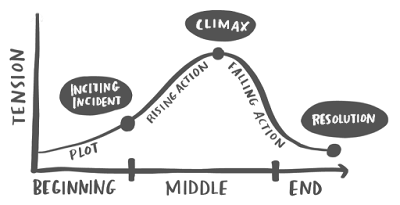Using the Literacy Approach with very young students

The Literacy Approach has, so far, been mostly implemented and tried out in primary school, starting in year 3 when students are transitioning from learning to read into reading to learn. However, in many contexts, schools would like to use the Approach with younger students in grades 1 or 2, and ask if and how this can be done. While I still think that the Approach requires a certain maturity, I have seen students in the 2nd grade working on a unit on tongue twisters, where they identified the way tounge twisters work by using a number of sounds repeatedly, and then created their own. However, this was a school where students were immersed into English from infant education onwards, and therefore had a high level in the language. In more "normal" contexts, I could imagine students working on one of the stories that are characterized by repetition, for example the very basic Brown bear, brown bear by Eric Carle or Pete the cat: I love my white shoes by Eric Litw...

.png)



